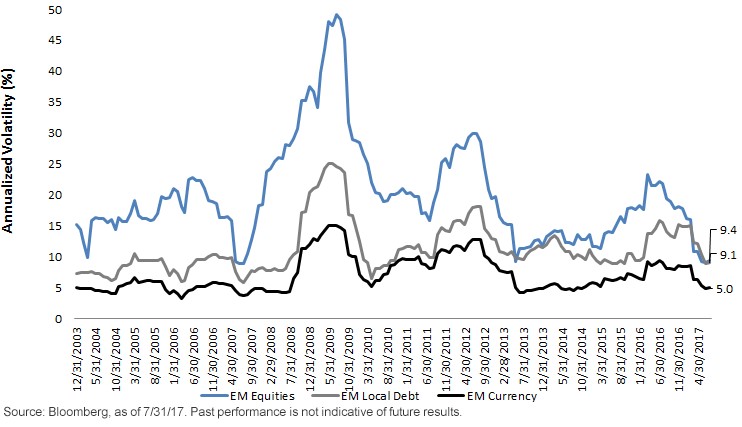 My latest Financial Post column has just been published, which you can retrieve by clicking on the highlighted headline: Boomers slow to embrace online investing but, surprise, it’s not a technology thing.
My latest Financial Post column has just been published, which you can retrieve by clicking on the highlighted headline: Boomers slow to embrace online investing but, surprise, it’s not a technology thing.
(Added Thursday: The article has also been published in the print edition of Thursday’s paper, on page FP8, under the headline Boomers ‘fearful’ of online investing: advisor. This Hub version of the column elaborates on a few points, adding the important distinction that newer online do-it-yourself [DIY] investors do NOT have to go without human advice or guidance, which they can get through fee-for-service planners, fee-only money coaches or investment coaches.)
According to a TD Bank Group survey titled Too shy to DIY, 79% of Canadian baby boomers use the Internet for banking but only a paltry 16% are DIY online investors. The poll of 2,000 Canadian adults was conducted late in July.
Since the Boomers have embraced most aspects of the Internet and are just as addicted to smartphones as Millennials and Generation X, it’s clear (as the headline notes) that “it’s not a technology thing.”
Rather, the main reason for low Boomer use of online investing is lack of investment knowledge: TD says 79% of those surveyed don’t manage their money online because they simply don’t know enough about investing, while 22% say they don’t have enough time to invest on their own.
When I asked Jeff Beck, Associate Vice President at TD Direct Investing, why the disparity he replied with this email:
“The gap between Boomers who bank online and those who invest online can be attributed to the fact that many say they are unfamiliar or uncomfortable with online investing tools. There’s a misperception that online investing is a complicated, time-consuming activity. That’s why TD Direct Investing offers a range of educational resources, tools and support to help investors get off to a great start, whether their goal is active trading, long-term investing, or both.”
So too do the other major discount brokerages as far as I’m aware: TD is one of the discount brokerages our family uses and there’s certainly no dearth of information on investing there or indeed most other major financial institutions.
As a boomer myself I was a tad surprised by the findings. Continue Reading…







